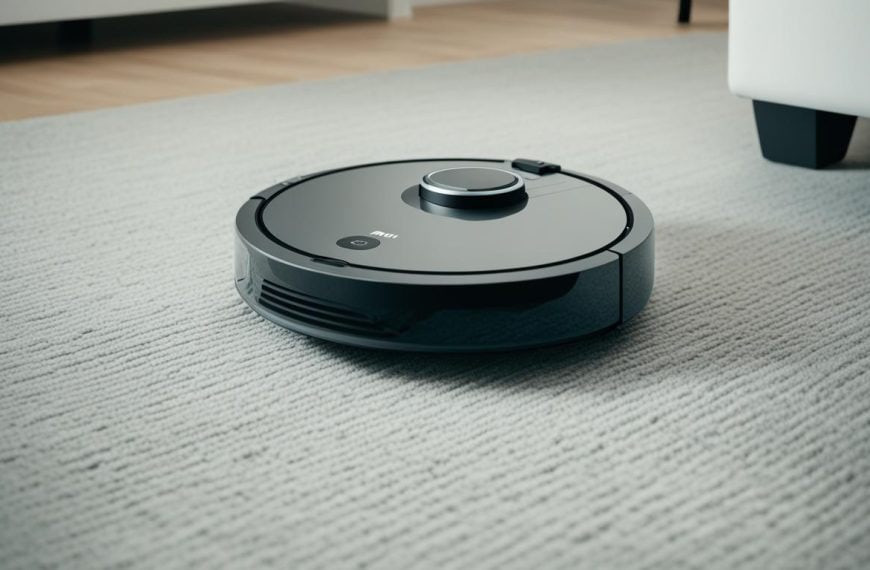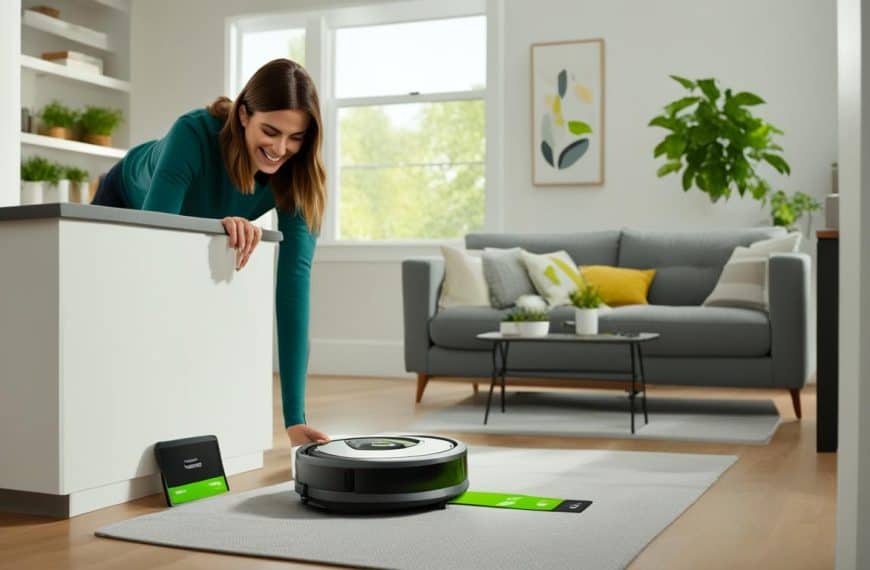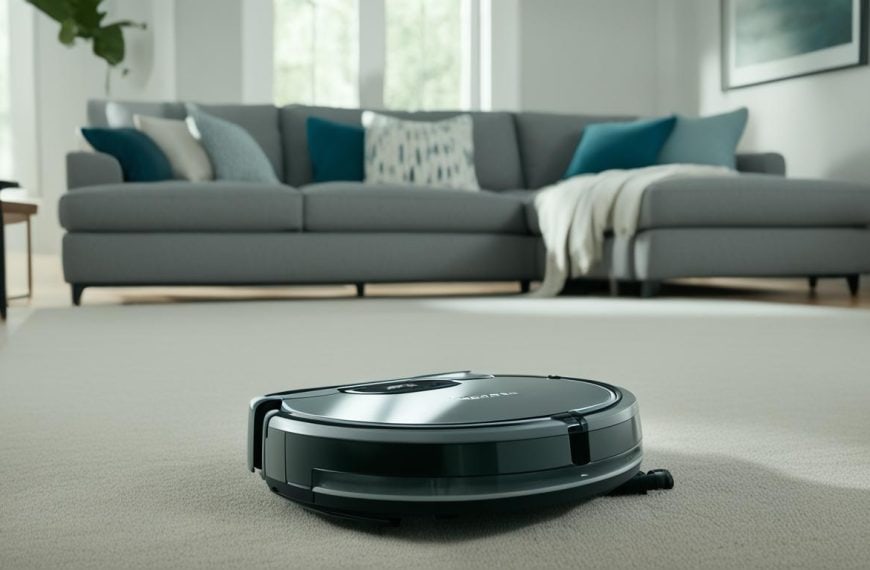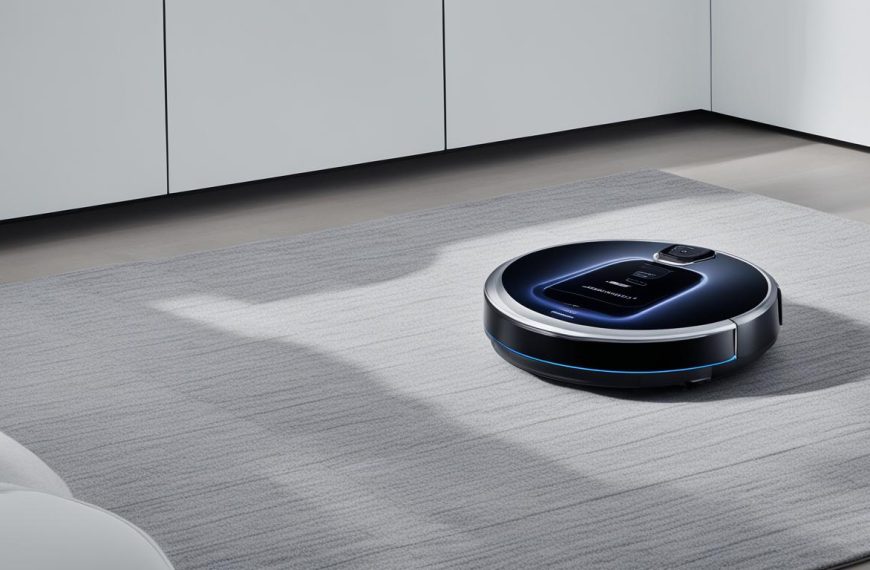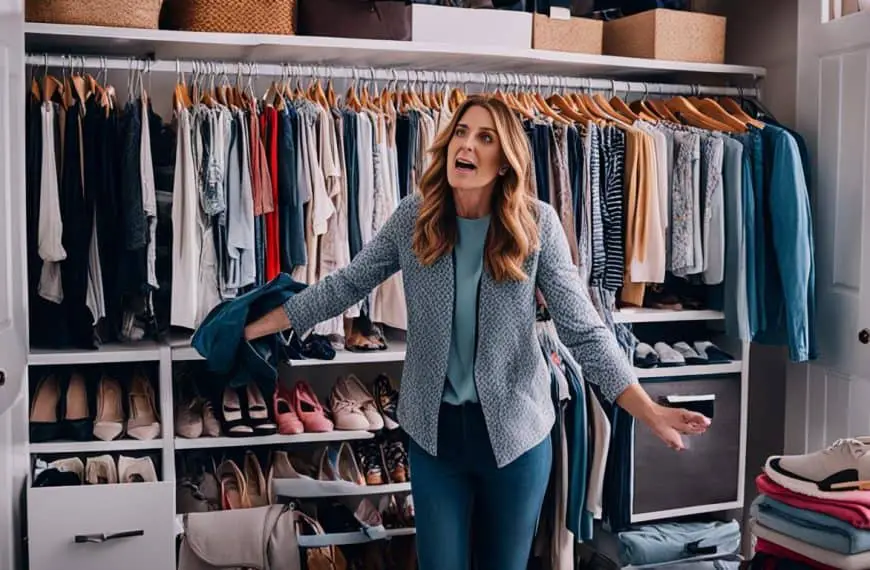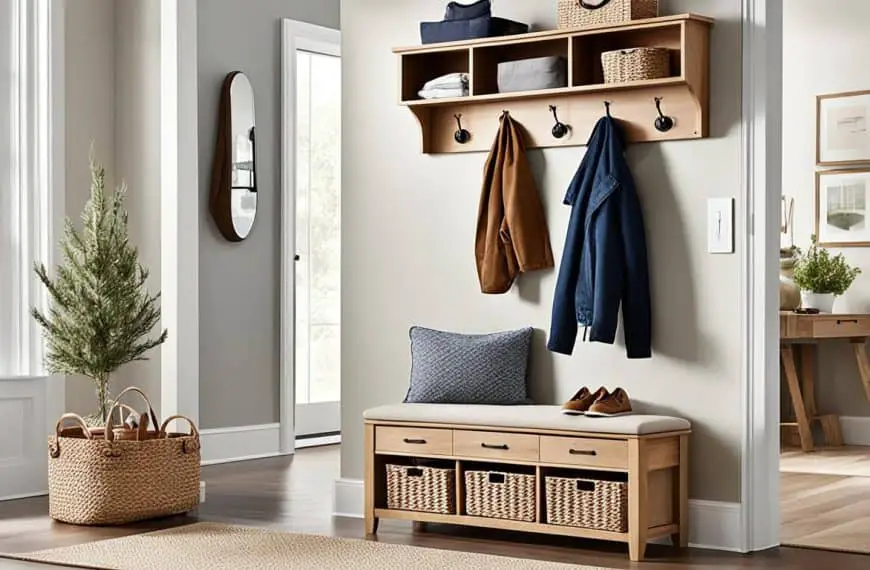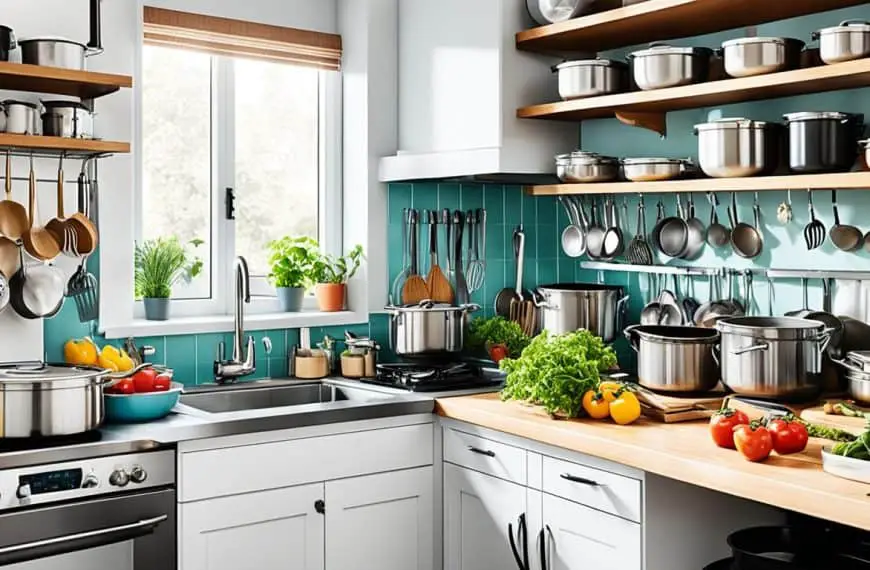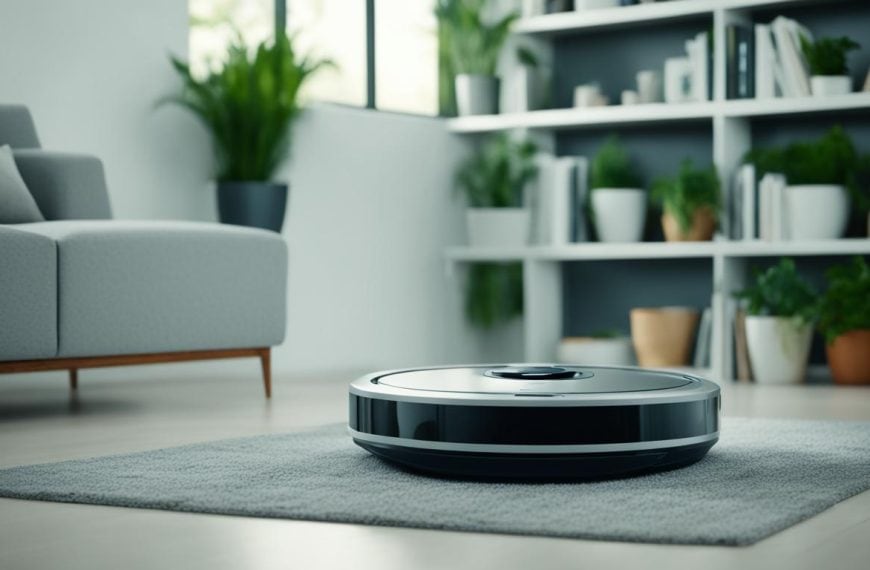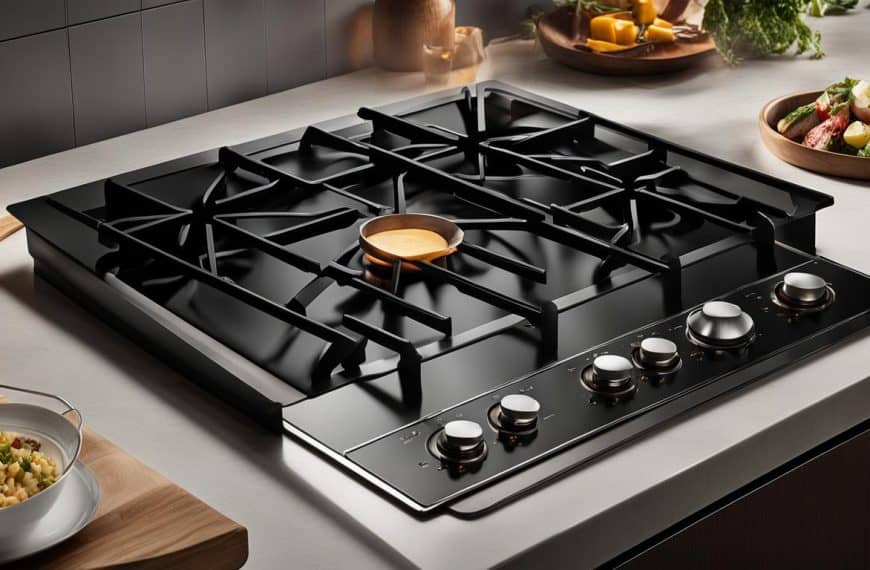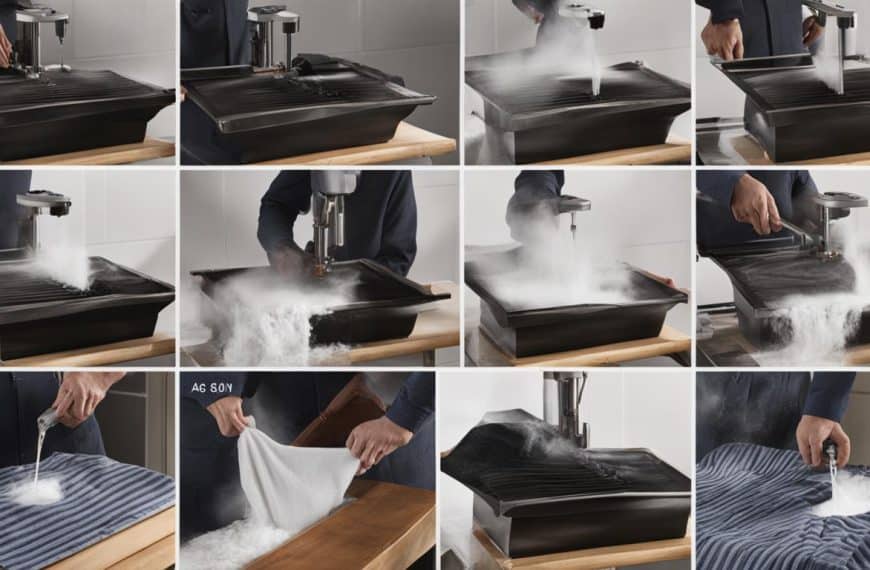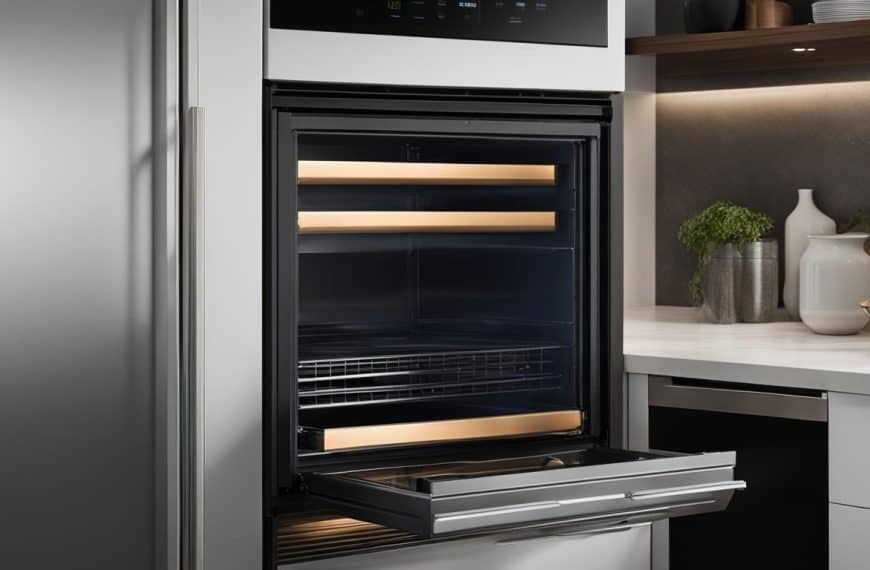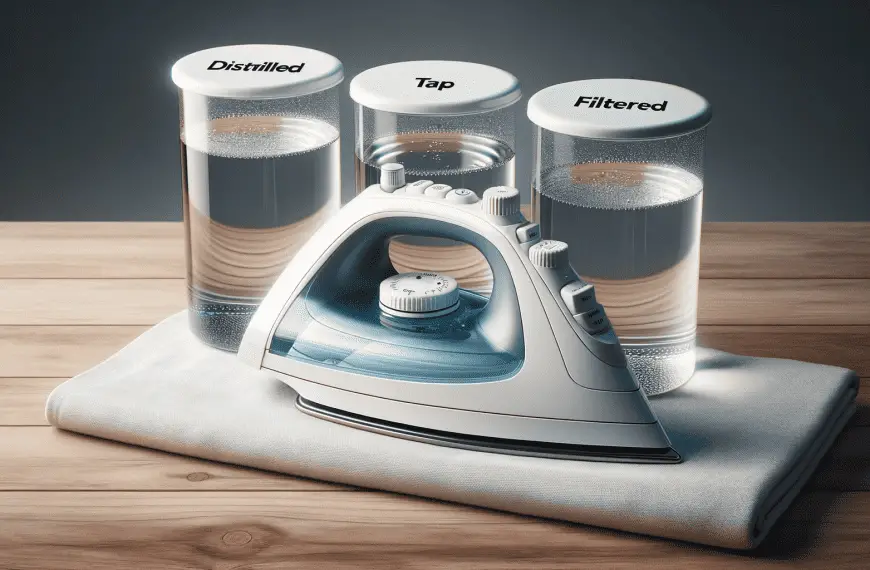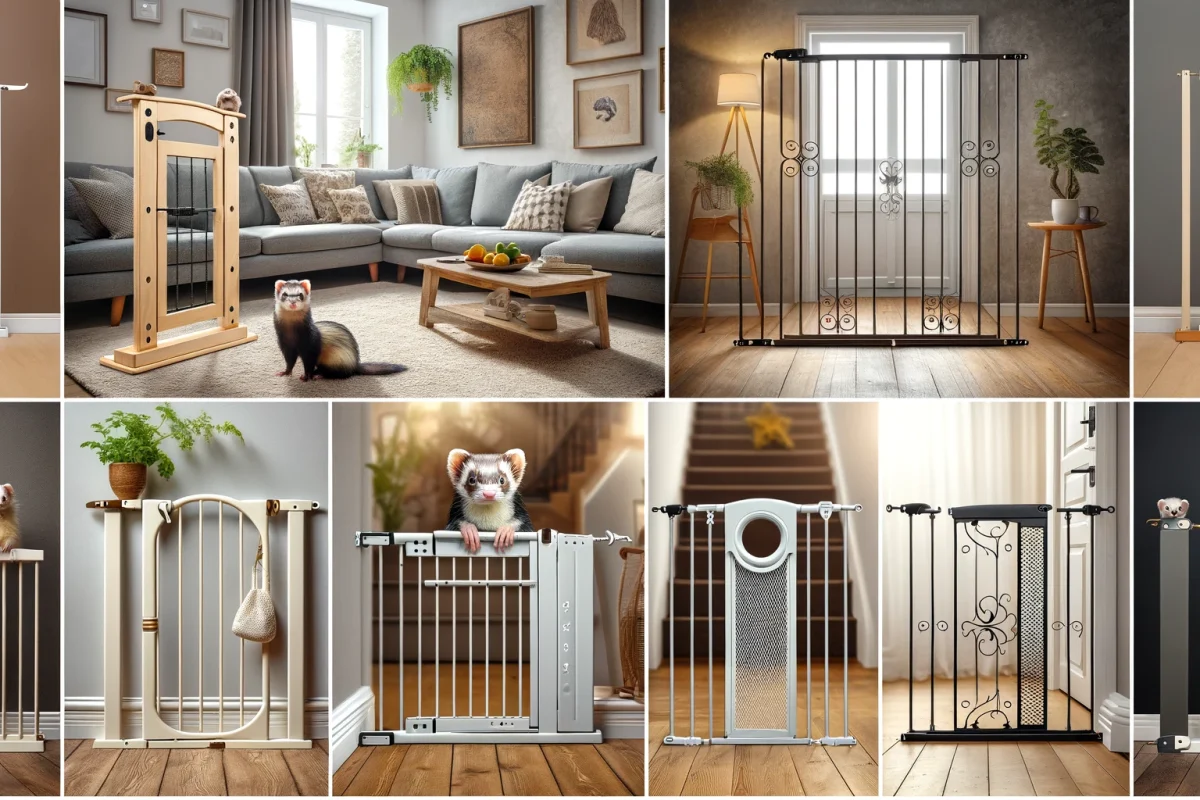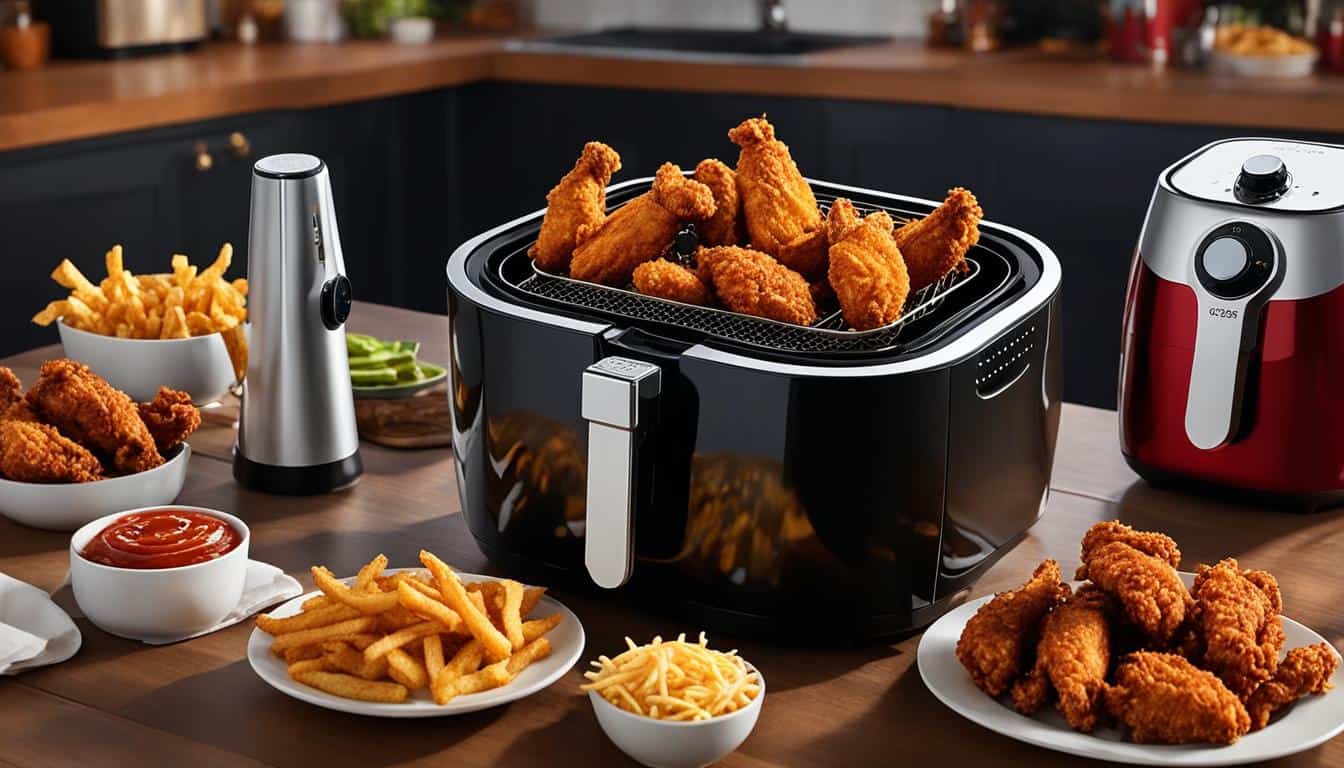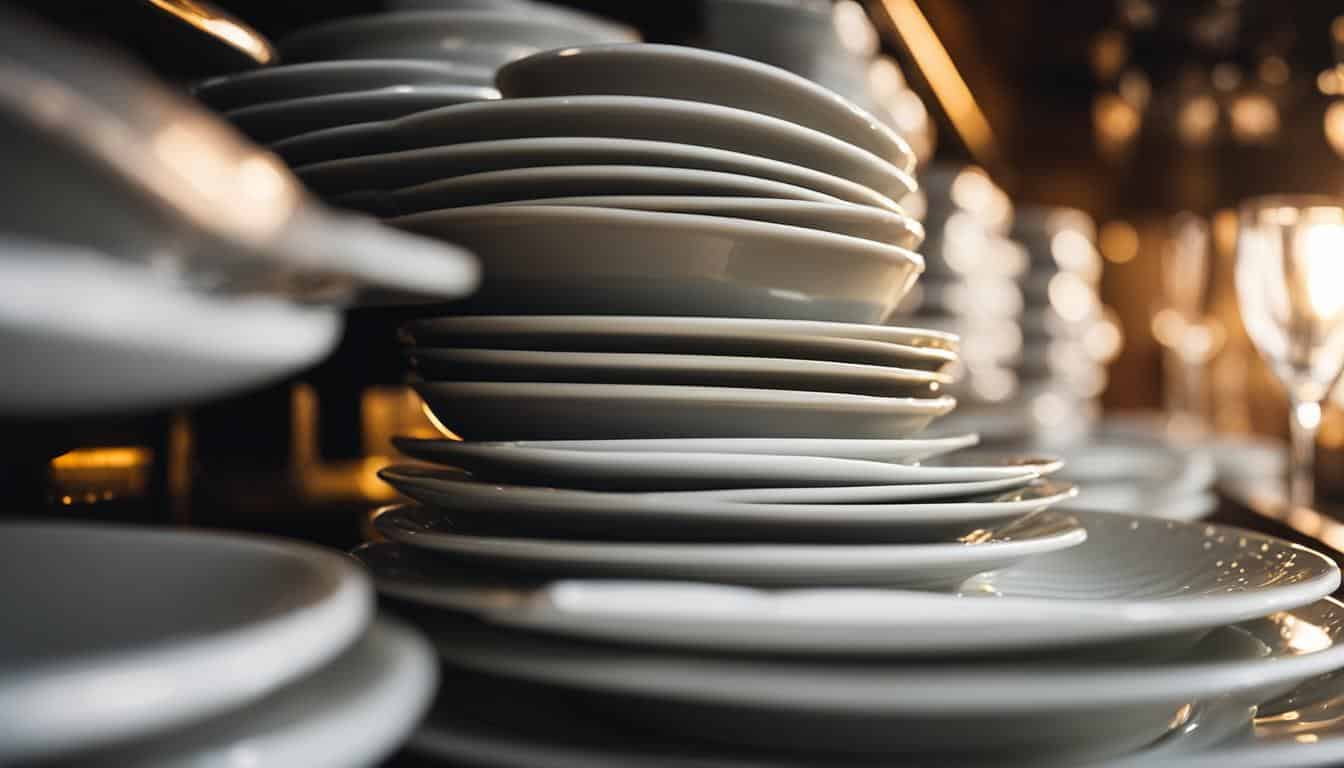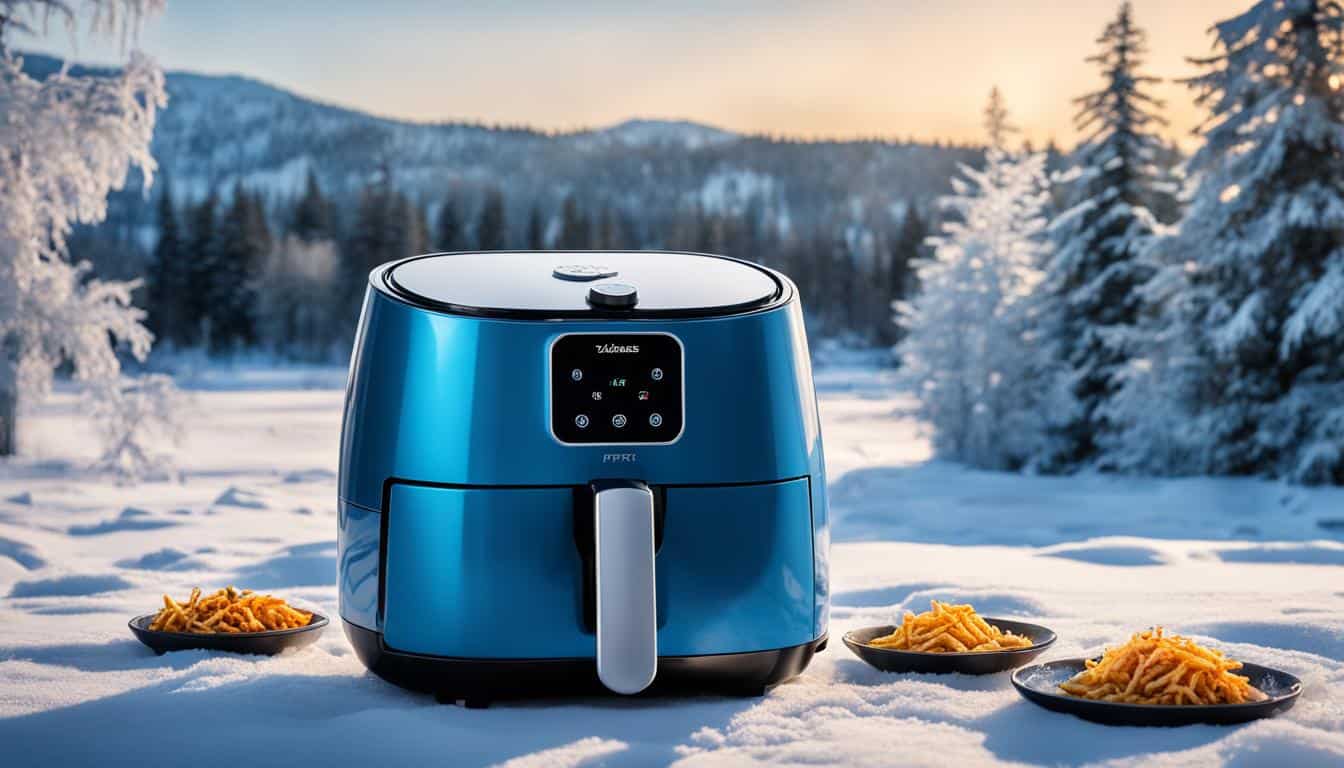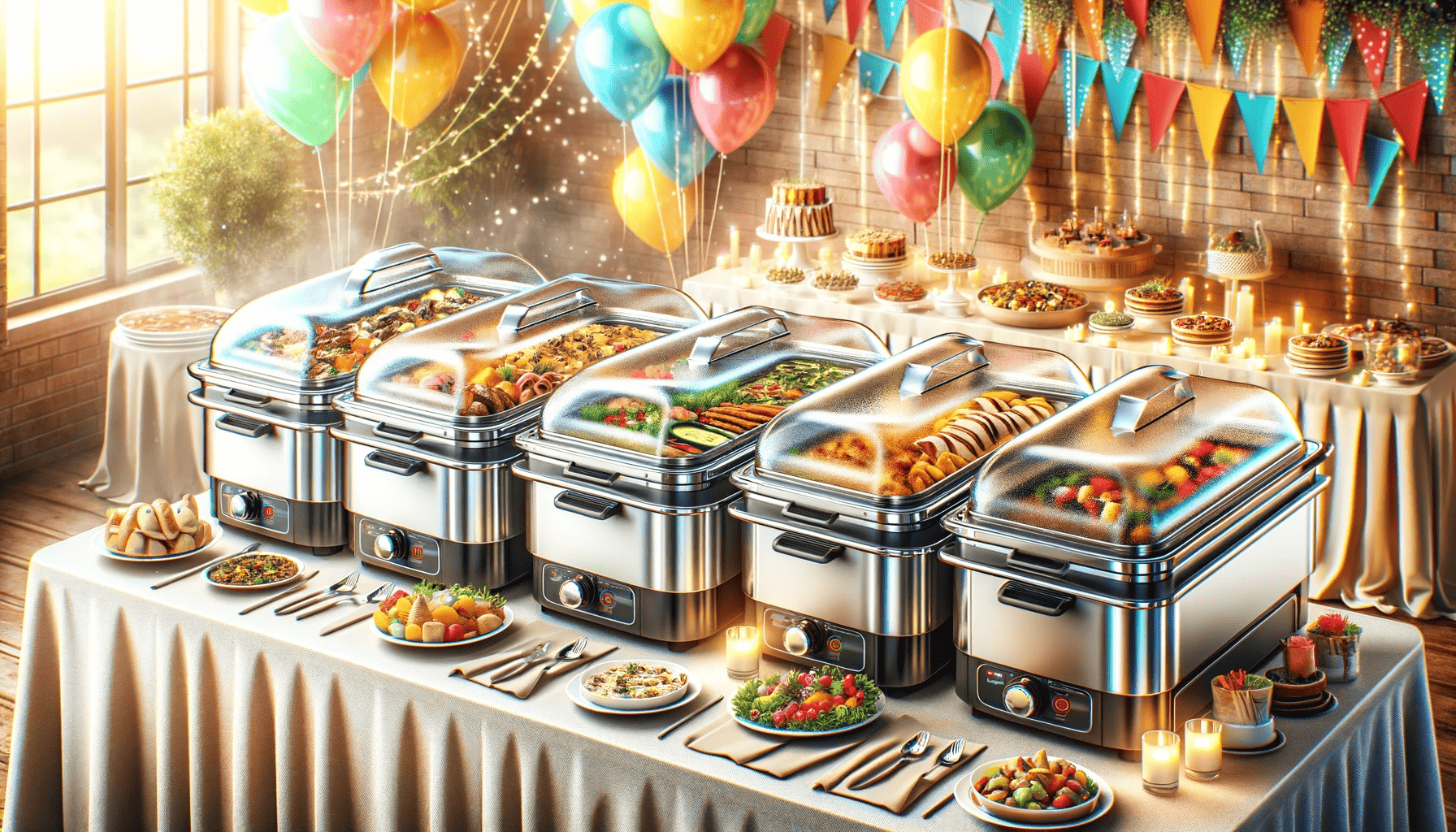-------
Learn More, Pick Smarter
Find Good Brands, Good Products, & Their Alternatives
reviews
Latest Posts...
Xiaomi Robot Vacuum: High-Tech Cleaning at Your Fingertips
Are you tired of spending hours vacuuming your home, wishing there was an easier way to keep your…
Roomba 694: The Entry-Level Robot Vacuum That Delivers
Are you tired of spending hours vacuuming your floors, only to find dirt and dust hiding in every…
The Great Debate: Roomba vs. Shark – Who Cleans Better?
When it comes to keeping our homes spotless, we’re always on the lookout for the perfect cleaning companion.…
Shark Matrix Robot Vacuum: Why It’s The Best For Advanced Cleaning
Are you tired of spending hours cleaning your floors, only to find hidden dust and dirt in the…
OKP Robotics: Innovating the Way We Clean
When was the last time you truly enjoyed cleaning your home? Was it the satisfaction of a sparkling…
Samsung Jet Bot: The Next Generation of Robot Vacuums
Are you tired of spending hours cleaning your home? Do you wish there was a smarter, more efficient…
Storage Ideas...
Appliances...
The Top 8 Shark Robot Vacuums for Every Home
Is cleaning your floors becoming a dreaded chore? Are you tired of spending hours pushing around a heavy…
Discover Gas Cooktops With Spill-Proof Design for Your Kitchen
When it comes to modern kitchen appliances, Spill-Proof Gas Cooktops are a game-changer. They combine safety features and…
5 Mistakes Everyone Makes with Their Steam Press
Are you tired of ending up with wrinkled, stained garments even after using your steam press? It’s time…
Refrigerator Magnetic Shelves: Good Amazon Finds
Let’s chat about Best Refrigerator Magnetic Shelves. These nifty shelves are not just for holding your favorite magnets…
Top Baby Blenders for Michigan Living
So, you’re on the hunt for the Top Baby Blenders for Michigan Living, right? I totally get it.…
Advantages and Disadvantages of Built-In Freezers
If you’re considering renovating your kitchen or are in the process of designing a new one, you may…
Guides...
The Sole of Comfort: Exploring the Rubber Sole in Chuck Taylors
As a professional copywriting journalist, I’ve had the pleasure of exploring various topics, but few have captivated me…
Silent Drumming: Practicing with Headphones on Electric Kits
As a drummer, you know how important it is to practice consistently to improve your skills. However, sometimes…
Ironing Chinos: The Great Debate – To Iron or Not to Iron
Chinos have always been the go-to pants for those seeking a blend of style and comfort. But one…
A Sparkling Decision: How to Choose the Right Diamond Cut
When we think of an engagement ring, our minds often conjure images of sparkling diamonds, each cut to…
Fat Guy Friendly Shirts: Shirts That Don’t Cling to Your Belly
Fat Guy Friendly Shirts are a game-changer, let me tell you. We’ve all been there, right? You’re out…
Unveiling Good Water for Your Steam Iron: Distilled, Tap, Filtered, Rain?
When it comes to taking care of our clothes, most of us put a great deal of effort…
plus size...
Fat Guy Friendly Swimwear: Swimsuits That Don’t Constrict
Fat Guy Friendly Swimwear is an absolute game-changer in the world of fashion and comfort. For too long,…
Fat Guy Friendly Watches: Wristbands That Don’t Dig In
Oh boy, let’s talk about Fat Guy Friendly Watches, the heroes of the wristwear world that don’t make…
Knee Scooters For Heavy People: Good 500, 400, 350, 300lb Options
Knee scooters are a fantastic alternative to crutches and even more so when you are a heavy person.…
Fat Guy Friendly Gloves: Top 10 Gloves for Big-Handed Men
Fat Guy Friendly Gloves are a game-changer, folks! If you’ve got Big Hands and you’re tired of those…
Fat Guy Friendly Jackets: Coats That Don’t Squeeze Your Midsection
Fat Guy Friendly Jackets are a game changer, folks. For years, the fashion world’s been a bit tone-deaf…
Fat Guy Friendly Mattresses: Beds That Support Your Weight
Fat Guy Friendly Mattresses are game-changers, folks, and it’s about time we all caught on. We’re talking Big…
Beauty...
Infinity PR Pro Endurance Review: Your Pocket-Sized Gym Recovery Buddy
Remember that dreaded post-workout ache, the one that lingers and sabotages your next training session? It’s a familiar…
Remington Balder Pro Review: The Bald Man’s Good Friend
Ah, the quest for the perfect head shave. We’ve all been there, right? You’re standing in the bat…
Stores Similar to Bath and Body Works: 19 Options
Bath & Body Works’ wide selection of sweet-smelling products includes lotions, body washes, hand sanitizers, candles, and fragrances…
JOVS Venus Pro Review: For Silky Smooth Skin
Imagine: ditching the razor bumps and endless shaving. Picture yourself with silky-smooth skin, thanks to a salon-quality IPL…
Top Ten Must-Try Arabian Oud Perfumes
Dive into the world of Arabian Oud perfumes and explore the top ten must-try fragrances that will transport…
Are Nature Made Vitamins Halal? (What Type of Gelatin Does Nature Made Use?)
Nature Made vitamins are not halal due to the use of gelatin derived from pork, making them impermissible…
fashion...
New York Dress Review: Insights on Style & Quality
Are you looking for the perfect dress to elevate your wardrobe? Look no further than the fashion capital…
Shops Like Minga London (More Sustainable Clothing Options)
MINGA London is one of the most popular online stores for women’s clothing. The brand offers a wide…
Dresses Like Adrianna Papell (5 Dresses Similar To Adrianna Papell)
5 Dresses Similar To Adrianna Papell Adrianna Papell is a brand that has been making women feel beautiful…
Bras Like Lululemon (5 Bras Similar To Lululemon)
5 Bras Similar To Lululemon Lululemon is one of the most well-known brands in activewear. While they sell…
Skims Dress Review: Unveiling the Truth Behind the Hype
Welcome to our comprehensive Skims Dress review. If you’re considering adding this item to your wardrobe, you may…
Bracelets Like Livestrong (3 Bracelets Similar To Livestrong)
3 Bracelets Similar To Livestrong The Livestrong bracelet is a silicone wristband that was developed by Nike and…
Product Reviews
Good Alternatives
Over-the-Range Microwaves are becoming a staple in modern kitchens, blending Convenience Cooking with a sleek, Built-In Look. They offer a perfect solution for those looking…
Welcome to our guide on the best air fryers for Texas family gatherings! As a Texan, you know that nothing brings people together quite like…
When it comes to choosing the Good Stoves for Wind, it’s essential to consider a few key factors. Outdoor cooking enthusiasts know the frustration of…
Have you ever wondered about caring for delicate dishes in the dishwasher? It’s like playing Tetris but with your favorite cups and plates! You want…
From Fargo fries to Bismarck brats, North Dakotans crave crispy comfort food without the oil splash. Forget the blizzard of options – here’s the lowdown…
Buffet warmers are a must-have for anyone who loves to entertain. They keep multiple dishes toasty, making sure every bite is as warm and delicious…
Categories
- Air Fryers85
- Alternatives403
- Appliances60
- Best53
- Blenders53
- Bread Makers1
- Buffet Servers1
- Can Crushers1
- Chocolate Fountains1
- Coffee Makers1
- Cookie Presses1
- Cooktops38
- cookware13
- Cotton Candy Machine1
- Crepe Makers1
- Dishwashers30
- Donut Makers1
- Egg Cookers1
- Electric Can openers1
- Electric Kettles1
- FAQs110
- Fondue Pots1
- Food Dehydrator1
- Food Processors22
- Food Slicers1
- Food Steamers1
- Food Warmers9
- Freezers34
- Good Brands5
- Gravy Boats6
- Griddles and Skillets1
- Grills67
- Grinders1
- Grow Lghts57
- Ice Cream Makers1
- Ice Makers21
- Ice Shavers4
- Ironing112
- Juicers14
- Microwaves45
- Milk Frothers1
- Mixers9
- Ovens46
- Panini Presses1
- Pasta Makers1
- Popcorn Makers1
- Popcorn Popper1
- Pressure Cookers1
- Quesadilla Makers1
- Rangehoods7
- Refrigerators49
- Reviews280
- Rice Cookers1
- Sausage Stuffers1
- Slow Cookers1
- Soup Kettles1
- Storage272
- Stoves45
- Toasters1
- Tortilla Presses1
- Vacuum28
- Waffle Makers1
- Wine Caddies1
- Wine Chillers1
- Wine Coolers34
- Wine Dispensers1
- Woks1
- Yogurt Maker1
